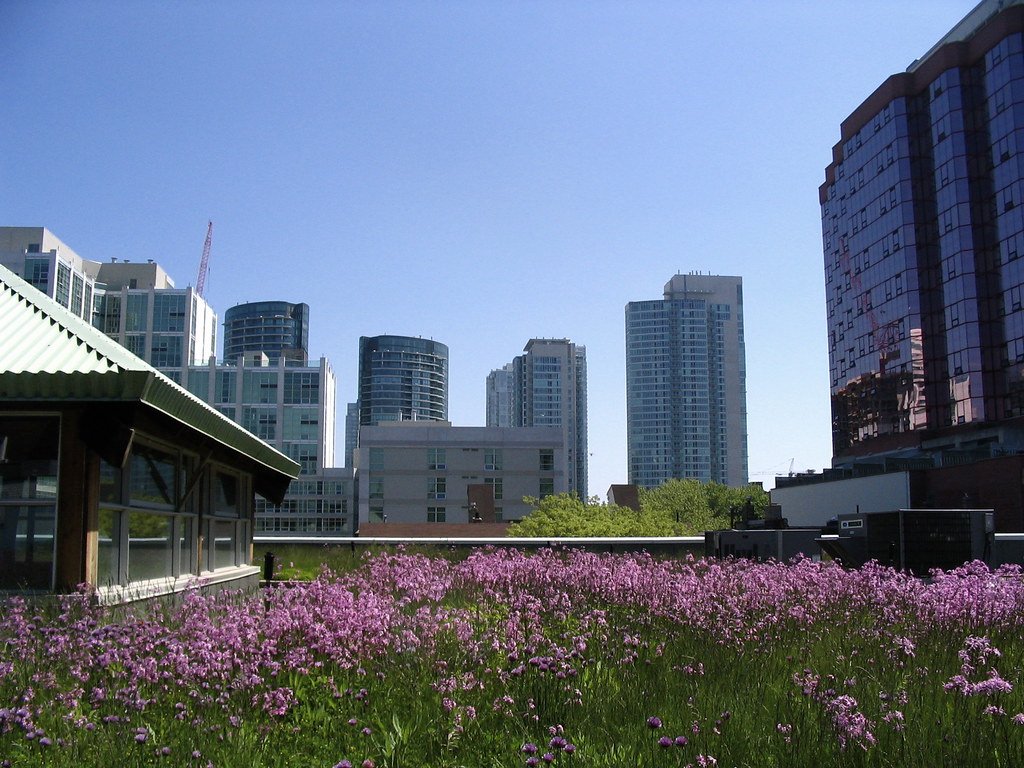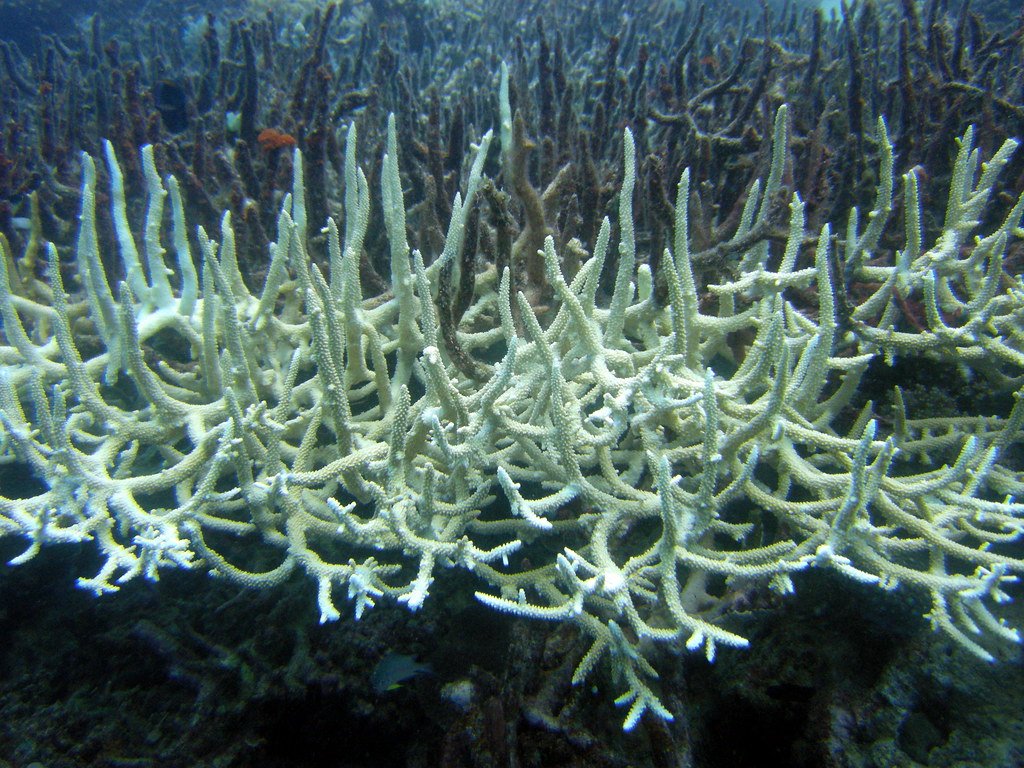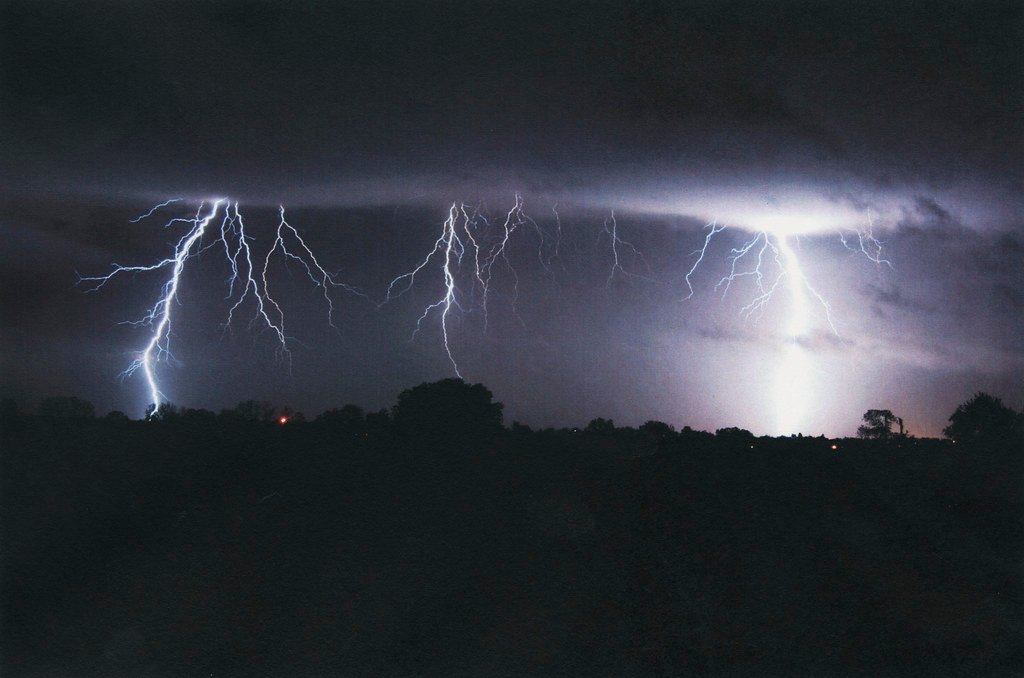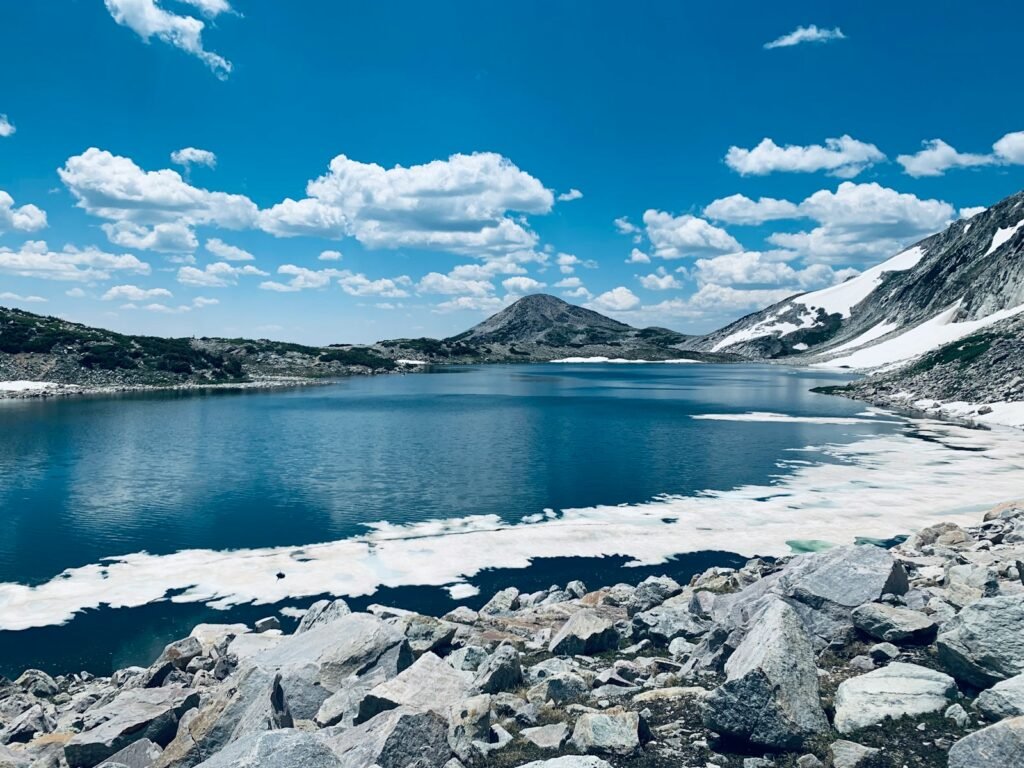Picture this: you’re pushing a boulder down a hill, and suddenly it starts rolling faster on its own, picking up rocks along the way, growing bigger and more unstoppable with each passing second. This isn’t just a physics experiment gone wrong – it’s exactly what’s happening with our planet’s climate system right now. The Earth has reached a tipping point where warming doesn’t just continue at a steady pace; it accelerates itself through what scientists call feedback loops, creating a runaway train effect that could reshape life as we know it.
The Science Behind Nature’s Vicious Cycle

Climate feedback loops operate on a simple yet terrifying principle: when one change triggers another change that amplifies the original effect, creating an endless spiral. Think of it like a microphone too close to a speaker – the screech gets louder and louder until someone intervenes.
In our climate system, these loops work through interconnected processes that have maintained Earth’s balance for millions of years. However, human activities have pushed several of these systems past their breaking points. When temperatures rise, they trigger changes that cause even more warming, which triggers more changes, and so on.
Scientists have identified dozens of these feedback mechanisms, ranging from relatively minor adjustments to catastrophic planetary shifts. What makes them particularly dangerous is that once they begin, they become increasingly difficult to stop or reverse.
Ice Reflects, Water Absorbs: The Albedo Effect Nightmare

The Arctic’s white ice sheets act like Earth’s natural air conditioning system, reflecting up to 90% of the sun’s energy back into space. But as global temperatures rise, this ice melts away, revealing dark ocean water underneath that absorbs heat instead of reflecting it.
This absorption causes local temperatures to rise even faster, melting more ice, exposing more dark water, and creating a feedback loop that’s already accelerating Arctic warming at twice the global average. Scientists call this the albedo effect, and it’s turning our planet’s natural cooling system into a heating mechanism.
The numbers are staggering: the Arctic has lost about 13% of its sea ice per decade since the 1970s. Each square mile of ice lost means more solar energy trapped in our atmosphere, pushing global temperatures higher and faster than climate models initially predicted.
Permafrost: The Sleeping Giant That’s Waking Up

Beneath Alaska, Siberia, and other northern regions lies a frozen underground layer called permafrost, containing twice as much carbon as the entire atmosphere. For thousands of years, this carbon has remained safely locked in ice, but rising temperatures are causing permafrost to thaw at an alarming rate.
When permafrost melts, it releases both carbon dioxide and methane – greenhouse gases that are 25 to 80 times more potent than CO2. These emissions further warm the atmosphere, causing more permafrost to thaw, releasing more greenhouse gases in an accelerating cycle that scientists describe as “a carbon bomb with a very long fuse.”
Recent studies show that permafrost is thawing 70 years earlier than previous projections suggested. Some regions are experiencing “thermokarst” – rapid ground collapse as ice melts, creating landscapes that look like bomb craters across vast stretches of previously frozen terrain.
Forest Fires: When Carbon Sinks Become Carbon Sources

Forests have always been Earth’s natural carbon storage systems, absorbing CO2 from the atmosphere and locking it away in wood and soil. However, climate change is transforming these carbon sinks into carbon sources through increasingly severe wildfire seasons.
Higher temperatures create drier conditions, longer fire seasons, and more intense blazes that release decades of stored carbon back into the atmosphere in a matter of days. The smoke and particulates also reduce the albedo effect over vast areas, causing additional warming.
Australia’s 2019-2020 bushfire season released an estimated 715 million tons of CO2 – more than some entire countries produce in a year. These megafires are becoming the new normal, turning forests from climate allies into climate accelerators.
The aftermath creates another layer of feedback: burned areas are more prone to future fires, and recovery becomes increasingly difficult as climate conditions worsen. What once was a temporary setback now threatens to become a permanent shift in ecosystem function.
The Ocean’s Conveyor Belt Is Breaking Down

Deep beneath the ocean’s surface runs a massive circulation system that moves warm and cold water around the globe, regulating regional climates and weather patterns. This thermohaline circulation acts like a planetary conveyor belt, driven by differences in water temperature and salinity.
Climate change is disrupting this system in multiple ways: melting ice sheets add fresh water that reduces salinity, while warming temperatures affect the density differences that drive circulation. As this system weakens, it can no longer effectively distribute heat around the planet.
The consequences ripple outward like dominoes falling in slow motion. Europe could experience severe cooling even as global temperatures rise, while tropical regions might see accelerated warming. Weather patterns that have remained stable for millennia could shift dramatically, creating new climate feedback loops we’re only beginning to understand.
Methane Hydrates: The Ocean Floor Time Bomb

Hidden beneath ocean sediments and polar ice sheets lie vast deposits of methane hydrates – crystalline structures that trap methane gas in ice-like cages. These deposits contain more carbon than all known fossil fuel reserves combined, representing one of the most potentially catastrophic feedback mechanisms on Earth.
As ocean temperatures rise and ice sheets thin, these hydrates become unstable and release methane directly into the atmosphere. Methane is roughly 25 times more potent as a greenhouse gas than carbon dioxide, meaning even small releases can have enormous climate impacts.
Recent underwater expeditions have discovered methane plumes rising from the seafloor in the Arctic Ocean, suggesting this feedback loop may already be activating. The release of even a fraction of these deposits could trigger runaway greenhouse warming that would be virtually impossible to reverse.
Scientists describe this scenario as the “clathrate gun hypothesis” – the idea that methane hydrate releases could trigger rapid, catastrophic climate change similar to events that occurred millions of years ago during mass extinction periods.
Cloud Formation Changes: The Sky’s Broken Thermostat

Clouds play a crucial role in Earth’s temperature regulation, acting as both cooling agents by reflecting sunlight and warming agents by trapping heat. Climate change is altering cloud formation patterns in ways that generally amplify warming rather than moderate it.
Higher temperatures increase water vapor in the atmosphere, which can lead to more high-altitude clouds that trap heat while reducing the formation of low-altitude clouds that reflect sunlight. This shift in cloud dynamics creates a net warming effect that accelerates climate change.
Additionally, changes in atmospheric circulation patterns affect where and how clouds form. Some regions are experiencing increased cloudiness while others see more clear skies, but the overall effect tends to reduce the planet’s ability to regulate its own temperature.
The complexity of cloud feedback makes it one of the most challenging aspects of climate science to predict, but current evidence suggests it’s contributing to faster warming than previously anticipated.
Vegetation Shifts: When Green Turns to Brown

Plant life across the globe is responding to changing climate conditions by shifting growth patterns, species composition, and even basic survival strategies. These vegetation changes create their own feedback loops that can dramatically alter regional and global climate patterns.
In northern regions, warming temperatures are allowing trees to grow in previously barren tundra areas. While this might seem positive, these darker trees absorb more heat than the light-colored ground they replace, contributing to local warming and further permafrost melt.
Conversely, many temperate and tropical regions are experiencing vegetation die-offs due to heat stress, drought, and changing precipitation patterns. Dead vegetation releases stored carbon and reduces the landscape’s ability to absorb CO2, creating a double impact on atmospheric greenhouse gas concentrations.
Soil Carbon: The Underground Climate Driver

Soil contains more carbon than the atmosphere and all plant life combined, making it a critical component of the global carbon cycle. Climate change is accelerating the decomposition of organic matter in soil, releasing stored carbon as CO2 and further warming the atmosphere.
Higher temperatures speed up microbial activity in soil, causing organic matter to break down faster than plants can replace it. This process turns soil from a carbon sink into a carbon source, contributing an estimated 1.5 billion tons of CO2 to the atmosphere annually.
Drought conditions, which are becoming more common due to climate change, also affect soil’s ability to store carbon. Dry soils are more prone to erosion and decomposition, while stressed plants contribute less organic matter to maintain soil carbon stocks.
The feedback loop becomes apparent when you consider that carbon-depleted soils are less fertile and less able to support plant growth, reducing the landscape’s overall capacity to absorb CO2 from the atmosphere.
Mountain Glaciers: Rivers of Change

Mountain glaciers around the world are retreating at unprecedented rates, creating feedback loops that affect both local and global climate systems. As these ice masses shrink, they expose dark rock surfaces that absorb more heat than reflective ice, accelerating local warming.
The loss of glacial meltwater affects river systems that billions of people depend on for agriculture and drinking water. Reduced water availability leads to increased stress on vegetation, which can trigger die-offs that release carbon and reduce CO2 absorption capacity.
Additionally, glacial retreat affects local weather patterns by changing how air masses move through mountain regions. These alterations can shift precipitation patterns, creating drought in some areas and flooding in others, both of which can trigger additional climate feedback mechanisms.
Urban Heat Islands: Cities as Climate Amplifiers

Cities create their own climate feedback loops through what scientists call the urban heat island effect. Concrete, asphalt, and buildings absorb and retain heat more than natural landscapes, making cities significantly warmer than surrounding rural areas.
As global temperatures rise, urban areas become even hotter, increasing energy demand for cooling systems that produce more greenhouse gas emissions. This creates a feedback loop where cities contribute more to climate change while simultaneously experiencing its effects more intensely.
The urban heat island effect also influences weather patterns, potentially affecting precipitation and wind patterns that extend far beyond city boundaries. Some cities are now recording temperatures that would have been considered impossible just decades ago.
Population growth and urbanization mean more people are living in these heat-amplified environments, creating social and economic pressures that can complicate climate adaptation and mitigation efforts.
Atmospheric Water Vapor: The Invisible Accelerator

Water vapor is the most abundant greenhouse gas in Earth’s atmosphere, and its concentration increases as temperatures rise because warmer air can hold more moisture. This creates one of the most significant climate feedback loops: more warming leads to more water vapor, which leads to more warming.
Unlike other greenhouse gases, water vapor responds almost immediately to temperature changes, amplifying both warming and cooling trends. Current climate change is triggering an increase in atmospheric water vapor that could double the warming effect of CO2 emissions alone.
This feedback loop is particularly problematic because it operates on multiple timescales simultaneously. Short-term weather events become more intense, while long-term climate patterns shift more dramatically than they would from CO2 increases alone.
The water vapor feedback also interacts with other climate systems, affecting cloud formation, precipitation patterns, and storm intensity in ways that can trigger additional feedback mechanisms throughout the climate system.
Desert Expansion: When Green Becomes Barren

Climate change is accelerating desertification processes around the world, transforming productive ecosystems into barren landscapes that contribute to further warming. As vegetation dies and soil degrades, these areas lose their ability to absorb CO2 and begin reflecting more heat.
Desert expansion creates its own feedback loop: less vegetation means less moisture in the air, which leads to reduced rainfall, which kills more vegetation, expanding the desert further. This process is happening across multiple continents simultaneously.
The Sahara Desert, for example, has expanded southward by about 10% since 1920, turning previously fertile land into barren terrain. Similar patterns are occurring in Australia, central Asia, and parts of the American Southwest.
Dust storms from expanding deserts also affect climate by carrying particles that can influence cloud formation and atmospheric heating patterns thousands of miles away from their origin points.
Marine Ecosystem Collapse: The Ocean’s Breaking Point

Ocean ecosystems are experiencing rapid changes due to warming temperatures, acidification, and altered circulation patterns. These changes are creating feedback loops that accelerate climate change while simultaneously making marine life less capable of adapting.
Coral bleaching events, which occur when ocean temperatures exceed corals’ tolerance levels, are becoming more frequent and severe. Dead coral reefs can no longer support the marine ecosystems that help regulate ocean chemistry and atmospheric CO2 levels.
Phytoplankton, microscopic marine plants that produce about half of Earth’s oxygen and absorb significant amounts of CO2, are declining in many ocean regions due to changing temperatures and chemistry. This reduction affects both oxygen production and carbon absorption capacity.
Fish populations are shifting toward polar regions as tropical and temperate waters become too warm, disrupting food chains and affecting the ocean’s ability to function as a carbon sink. These ecosystem changes can persist for decades even if climate conditions stabilize.
Weather Pattern Disruption: When Normal Becomes Extreme

Climate change is disrupting established weather patterns in ways that create new feedback loops and amplify existing ones. The jet stream, which normally maintains relatively stable boundaries between different air masses, is becoming more erratic and slow-moving.
These changes lead to more persistent weather patterns – droughts last longer, heat waves become more intense, and storms can stall in place for extended periods. Each of these extreme events can trigger other feedback mechanisms, from increased wildfire risk to vegetation die-offs.
The disruption of normal seasonal patterns also affects natural systems that depend on predictable timing for processes like migration, reproduction, and hibernation. When these biological cycles become out of sync with environmental conditions, ecosystem functions can break down.
Perhaps most concerning is that these weather pattern changes can persist long after their initial triggers, creating semi-permanent shifts in regional climates that make recovery and adaptation increasingly difficult.
The Acceleration Problem: Why It’s Getting Faster

Multiple feedback loops operating simultaneously create an acceleration effect that makes climate change happen faster than linear projections would suggest. Each feedback mechanism doesn’t just add to the others – they multiply each other’s effects in ways that can surprise even experienced climate scientists.
This acceleration is already visible in real-world observations: ice loss rates are exceeding projections, extreme weather events are becoming more frequent than models predicted, and ecosystem changes are happening decades ahead of schedule. The cumulative effect of multiple feedback loops is proving more powerful than the sum of their individual impacts.
Computer models are constantly being updated to account for newly discovered feedback mechanisms and interactions between different systems. However, the complexity of these interactions means that predicting exact timelines and impacts remains extremely challenging.
What scientists do know is that the acceleration effect makes rapid action more critical than ever, as the window of time to prevent the most catastrophic outcomes continues to shrink faster than previously anticipated.
Breaking the Loop: Is There Still Time?

Despite the daunting nature of climate feedback loops, understanding them also reveals potential intervention points where human action could help break or slow these cycles. Some feedback loops can be reversed if warming is limited quickly enough, while others may be permanent once triggered.
Technologies and strategies for interrupting feedback loops include massive reforestation projects, artificial cloud seeding, carbon capture and storage, and protection of existing carbon sinks like forests and wetlands. The key is acting before critical tipping points are reached.
International cooperation becomes essential because many feedback loops operate across national boundaries and require coordinated global responses. No single country can address permafrost melting or ocean circulation changes alone.
Scientists estimate that limiting global warming to 1.5°C above pre-industrial levels could prevent the most catastrophic feedback loops from fully engaging. However, current emission trajectories put us on track for much higher warming unless dramatic changes occur in the next decade.
The feedback loop problem represents perhaps the greatest challenge humanity has ever faced – a planetary system that’s beginning to change itself in ways that make our climate increasingly unstable. These interconnected cycles of cause and effect are already reshaping Earth’s environment faster than many species can adapt, and their acceleration threatens to outpace our ability to respond effectively. Yet understanding these mechanisms also illuminates the urgency of immediate action and the potential for strategic interventions that could still make a difference. The question isn’t whether we can completely stop all feedback loops – some are already in motion – but whether we can limit their severity and prevent the most catastrophic scenarios from unfolding. Every fraction of a degree matters now more than ever, because in a system where change fuels more change, even small actions can have outsized impacts when applied at the right time and scale. What legacy will we choose to leave for future generations facing a climate system that may no longer recognize the boundaries we once took for granted?



